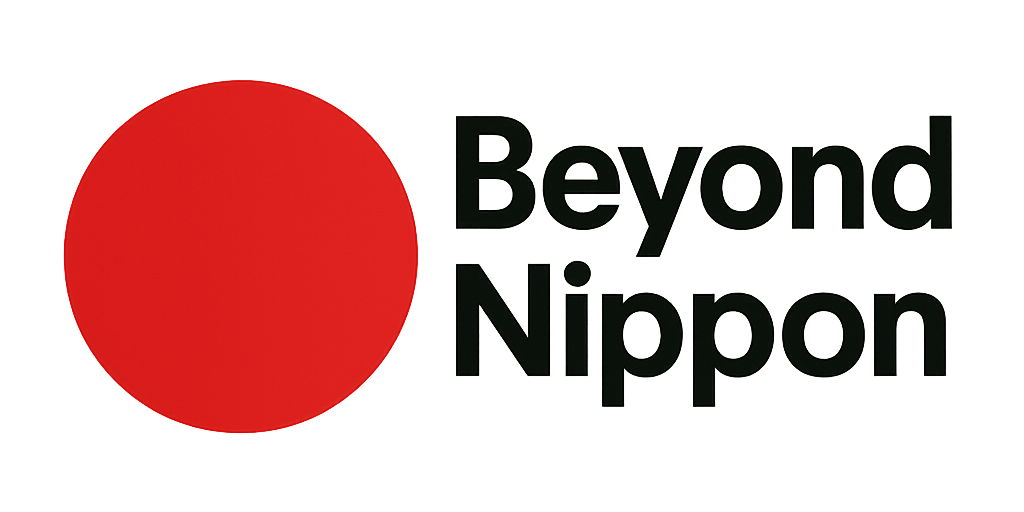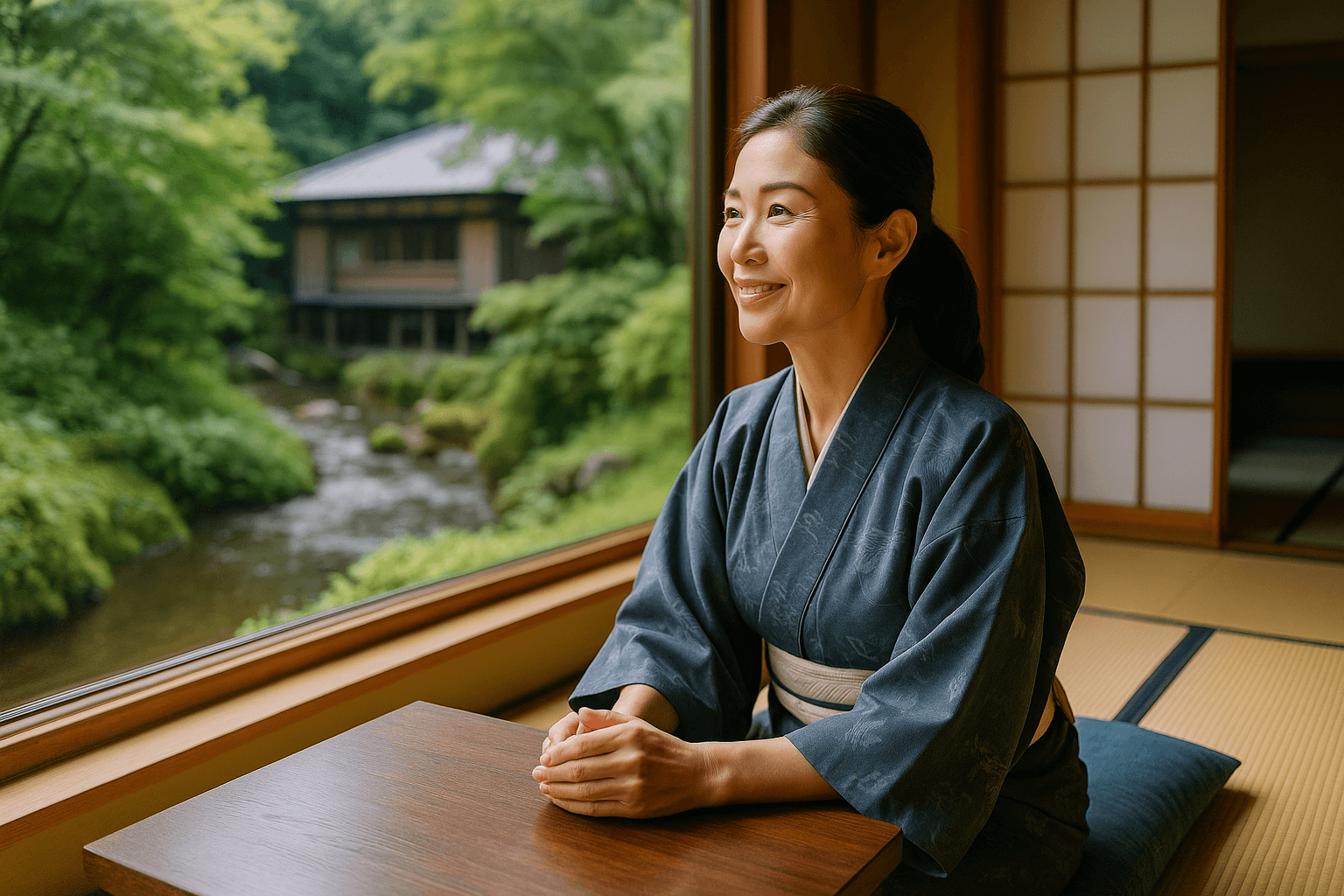Japan offers countless ways to experience its culture, but few are as immersive as a stay in a ryokan—a traditional Japanese inn. From tatami mat rooms and elaborate multi-course meals to steaming hot spring baths, ryokan combine history, hospitality, and relaxation into a single unforgettable experience.
In recent years, a new wave of luxury ryokan in Japan has emerged, blending centuries-old traditions with modern comforts. These stays can easily cost hundreds—or even thousands—of dollars per night, leaving many travelers wondering: Is it really worth it?
This guide explores the features, destinations, advantages, and drawbacks of luxury ryokan, helping you decide whether to indulge in this unique Japanese experience.
What Is a Ryokan?
A ryokan is a traditional Japanese inn that dates back to the Edo period (1603–1868). Unlike Western hotels, ryokan emphasize Japanese aesthetics, hospitality, and seasonal dining.
Key Elements of a Ryokan
- Tatami Rooms: Straw mat flooring, sliding shoji doors, and futons laid out at night.
- Onsen Baths: Many ryokan are built near natural hot springs, offering shared or private baths.
- Kaiseki Cuisine: Multi-course meals featuring local and seasonal ingredients.
- Omotenashi (Hospitality): Staff provide attentive yet discreet service, often including personalized touches.
Ryokan vary widely—from rustic countryside inns to ultra-luxurious resorts with designer suites. Prices can range from ¥10,000 ($70) per person per night at budget inns to over ¥100,000 ($700+) for high-end ryokan.
Features of Luxury Ryokan
So what makes a luxury ryokan in Japan stand apart from standard stays? The difference lies in the details, the level of service, and the overall experience.
Tatami and Traditional Rooms
Luxury ryokan rooms are spacious, often combining traditional tatami flooring with modern touches such as plush seating areas, Wi-Fi, and climate control. Many rooms feature:
- Engawa (verandas) with garden or mountain views.
- Private dining areas for in-room meals.
- Western bedding options alongside traditional futons.
Kaiseki Dining
Perhaps the most celebrated element of a ryokan stay is the kaiseki dinner—a seasonal, multi-course meal showcasing the chef’s artistry.
Luxury ryokan elevate this with:
- Premium ingredients such as wagyu beef, fresh sashimi, and local delicacies.
- Customized menus for dietary preferences.
- Private dining service either in your room or in exclusive dining halls.
Breakfast is equally elaborate, often including grilled fish, tamagoyaki (Japanese omelet), miso soup, rice, pickles, and seasonal fruit.
Private Onsen
While many ryokan offer communal baths, luxury ryokan frequently include private open-air onsen baths (rotenburo) attached to suites. Benefits include:
- Bathing in complete privacy with mountain, river, or garden views.
- Natural hot spring water, often rich in minerals.
- 24/7 access rather than fixed communal bath hours.
High-Level Service
Luxury ryokan staff often act more like personal attendants, anticipating guest needs. Highlights include:
- Personal greetings upon arrival with tea and sweets.
- Multilingual staff for international visitors.
- Concierge services for arranging cultural activities, spa treatments, or excursions.
Recommended Areas for Luxury Ryokan in Japan
Japan has ryokan scattered nationwide, but certain regions are especially famous for high-end experiences thanks to their hot springs, history, or natural scenery.
Hakone (Near Tokyo)
A popular weekend escape from Tokyo, Hakone is famous for onsen resorts with views of Mount Fuji.
- Best for: First-time ryokan visitors, couples, and those seeking easy access from Tokyo.
- Notable Luxury Ryokan:
- Gora Kadan: A former imperial villa blending modern luxury with tradition.
- Hakone Ginyu: Private open-air baths with sweeping valley views.
Kyoto
Known for temples and cultural heritage, Kyoto offers ryokan that emphasize tradition and refinement.
- Best for: Travelers seeking cultural immersion and proximity to historic sites.
- Notable Luxury Ryokan:
- Hiiragiya Ryokan: Family-run for six generations, beloved by writers and artists.
- Tawaraya Ryokan: Known as one of the most exclusive ryokan in Japan, with impeccable service.
Ise and Shima (Mie Prefecture)
Less touristy but deeply spiritual, this region is home to Ise Grand Shrine, Japan’s most sacred Shinto site.
- Best for: Travelers seeking serenity and authenticity.
- Notable Luxury Ryokan:
- Nemu Resort: Offers luxury stays surrounded by nature.
- Toba Hotel International Shiojitei: Known for refined dining and bay views.
Yufuin (Oita Prefecture, Kyushu)
Nestled at the foot of Mount Yufu, Yufuin is a charming onsen town with art museums, boutiques, and scenic walks.
- Best for: Hot spring enthusiasts and those exploring Kyushu.
- Notable Luxury Ryokan:
- Sansou Murata: Rustic yet luxurious villas with private baths.
- Kamenoi Bessou: Traditional elegance with sprawling gardens.
Other notable luxury ryokan destinations include Kanazawa (Ishikawa), Nikko (Tochigi), and Kusatsu (Gunma)—all worth considering if you’re venturing outside the main tourist routes.
Pros and Cons of Luxury Ryokan Stays
Luxury ryokan provide unforgettable experiences, but they aren’t for everyone. Here’s a balanced breakdown.
Pros
- Immersive Cultural Experience
Staying in a ryokan allows you to experience Japanese hospitality and tradition in ways that hotels can’t replicate. - Unmatched Dining
Kaiseki meals are culinary art. For many, the dining experience alone justifies the cost. - Relaxation and Wellness
Private onsen baths with scenic views provide unparalleled tranquility. - Exclusive Atmosphere
With limited rooms, luxury ryokan feel intimate and quiet—ideal for couples or solo travelers seeking peace. - Attention to Detail
Every element, from tea service to room décor, is designed for harmony and relaxation.
Cons
- High Cost
Prices often exceed ¥50,000–¥100,000 ($350–$700+) per night per person, which can be prohibitive for many travelers. - Formal Atmosphere
Some guests may find the rituals and etiquette intimidating, especially without Japanese language skills. - Limited Flexibility
Meals are usually scheduled at specific times; you may not have the freedom of dining out. - Traditional Bedding
Sleeping on futons may not appeal to everyone, though many luxury ryokan now offer Western-style beds. - Remote Locations
Reaching some ryokan can require long train or bus rides, making them less convenient for short itineraries.
Conclusion
So, is a luxury ryokan in Japan worth the price? The answer depends on what you value in travel.
- If you’re looking for efficiency and affordability, a business hotel in Tokyo will suffice.
- But if you’re seeking an immersive cultural experience—where dining, architecture, nature, and hospitality converge into one—it’s hard to match the ryokan.
For many, even one night in a luxury ryokan becomes a highlight of their Japan trip, offering memories that far outlast the price tag. To make the most of it:
- Choose a region that interests you (Hakone for convenience, Kyoto for culture, Yufuin for hot springs).
- Book early, as luxury ryokan have limited rooms and sell out months in advance.
- Prepare for traditions, but don’t stress—staff are used to guiding international visitors.
A stay at a luxury ryokan isn’t just about accommodation. It’s about slowing down, savoring, and experiencing Japan’s essence in a way no city hotel can deliver. For food lovers, onsen enthusiasts, or travelers craving authenticity, it’s well worth the splurge—at least once in a lifetime.

